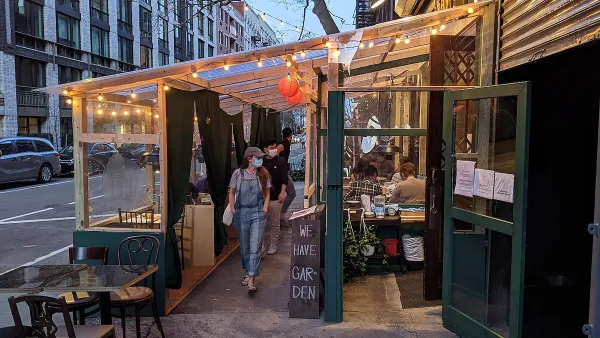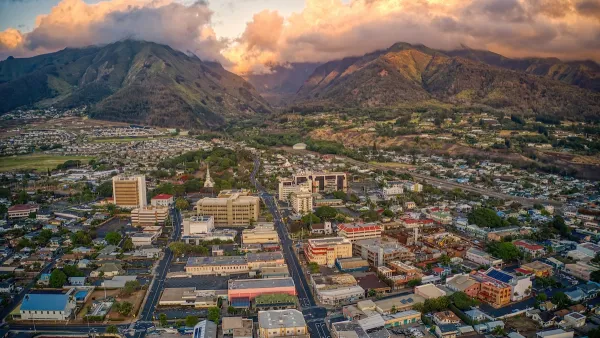Transit operators around the country are looking at ways to make taking public transportation even more environmentally friendly.
"NEW YORK - This year, the surging current of the East River will help provide power to a nearby subway station. The lights that lace the ornate interior of Manhattan's Grand Central Station have largely been replaced by bulbs that burn brightly but save energy. There are plans to make the rooftop of a Queens bus depot bloom like a garden.
"Carbon footprint" has become part of the national lexicon, and mass transit systems throughout the country are taking steps to ease their impact on the environment even as they strive to provide more service to a growing number of riders.
New York's Metropolitan Transportation Authority, the nation's largest public transit agency, is undertaking what some experts call the most comprehensive effort, but examples abound of bus and commuter rail systems trying to preserve the environment.
"The transit industry is no different from the rest of the country," says William Millar, president of the American Public Transportation Association, which lobbies to improve public transit. "We're all looking for ways we can do a better job but at the same time put out less pollution and fewer carbon emissions."
According to the APTA, members of households closest to public transportation drive an average 4,400 fewer miles a year than those who aren't near bus or rail lines. That reduces the nation's carbon emissions by 37 million metric tons a year, equal to the electric power used by 4.9 million households."
FULL STORY: Transit systems travel 'green' track

Planetizen Federal Action Tracker
A weekly monitor of how Trump’s orders and actions are impacting planners and planning in America.

Restaurant Patios Were a Pandemic Win — Why Were They so Hard to Keep?
Social distancing requirements and changes in travel patterns prompted cities to pilot new uses for street and sidewalk space. Then it got complicated.

Maui's Vacation Rental Debate Turns Ugly
Verbal attacks, misinformation campaigns and fistfights plague a high-stakes debate to convert thousands of vacation rentals into long-term housing.

In California Battle of Housing vs. Environment, Housing Just Won
A new state law significantly limits the power of CEQA, an environmental review law that served as a powerful tool for blocking new development.

Boulder Eliminates Parking Minimums Citywide
Officials estimate the cost of building a single underground parking space at up to $100,000.

Orange County, Florida Adopts Largest US “Sprawl Repair” Code
The ‘Orange Code’ seeks to rectify decades of sprawl-inducing, car-oriented development.
Urban Design for Planners 1: Software Tools
This six-course series explores essential urban design concepts using open source software and equips planners with the tools they need to participate fully in the urban design process.
Planning for Universal Design
Learn the tools for implementing Universal Design in planning regulations.
Heyer Gruel & Associates PA
JM Goldson LLC
Custer County Colorado
City of Camden Redevelopment Agency
City of Astoria
Transportation Research & Education Center (TREC) at Portland State University
Camden Redevelopment Agency
City of Claremont
Municipality of Princeton (NJ)


























